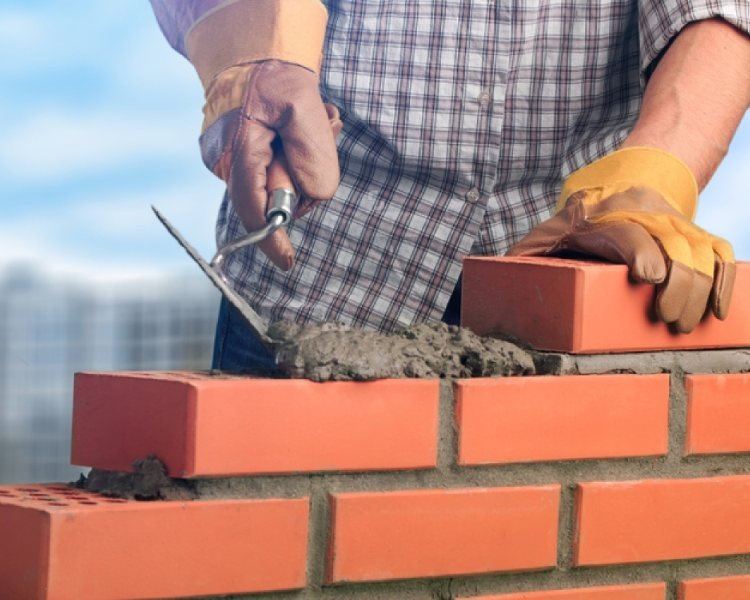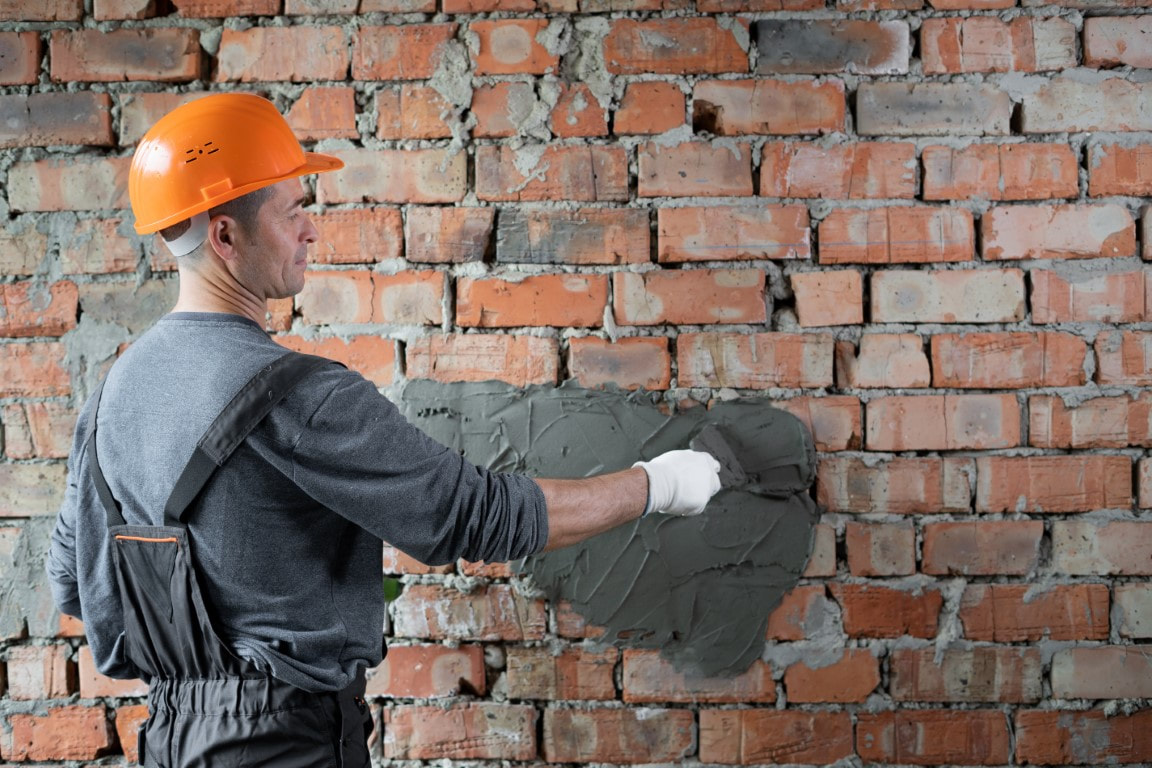Opening the Secrets of Lasting Stonework Building And Construction Practices for Eco-Friendly Buildings
In the realm of modern-day construction, the search of sustainable practices has become vital. Amongst the myriad techniques to green structure, sustainable masonry building and construction attracts attention as a reliable and resilient approach that holds a riches of untapped possibility. From the option of materials to ingenious construction techniques, the tricks to achieving sustainability within masonry construction are complex and interesting. By exploring the advantages, materials, strategies, and future patterns of sustainable stonework, a much deeper understanding of exactly how these practices can shape the future of environment-friendly structures arises.
Benefits of Lasting Masonry Construction
Accepting lasting masonry construction methods not just decreases ecological effect but likewise provides long-lasting economic benefits to contractors and communities. By utilizing products like recycled blocks, obstructs, and stones, contractors can substantially decrease the carbon impact of their projects while promoting source performance. Additionally, lasting masonry building strategies, such as appropriate insulation and thermal mass residential properties, can boost power performance within buildings, causing reduced functional prices with time.
Moreover, the toughness and durability of masonry frameworks contribute to long-term economic advantages. Buildings constructed using sustainable stonework techniques commonly require less maintenance and repair service, converting to cost savings for home builders and homeowner. The longevity of masonry materials additionally makes sure that structures continue to be steady and protected, reducing the demand for regular restorations or substitutes.
Eco-Friendly Stonework Materials
Using eco-friendly stonework products is a pivotal step towards boosting the sustainability of construction practices and reducing ecological impact while maximizing lasting financial benefits. Lasting masonry materials are sourced, generated, and used in a manner that decreases general ecological impact. Products such as recycled blocks, recovered stone, and sustainable cinder block are becoming increasingly prominent choices for eco-conscious builders. Recycled bricks, for instance, not just divert waste from land fills yet additionally call for much less power to create compared to new blocks. Redeemed rock supplies an unique visual charm while minimizing the need for brand-new quarrying. Sustainable concrete blocks incorporate recycled accumulations and might include improved insulation residential properties, adding to power performance in structures.
Moreover, all-natural materials like adobe, rammed planet, and straw bundles provide exceptional thermal mass homes, lowering the requirement for heating and cooling power. These products are often locally readily available, advertising regional economic situations and lowering transportation-related carbon discharges. By choosing environment-friendly stonework products, construction projects can dramatically minimize their environmental footprint and add to the creation of much healthier, more sustainable built atmospheres.
Energy-Efficient Stonework Techniques
Power efficiency plays a critical duty in boosting the sustainability of stonework building methods. One key energy-efficient stonework strategy is the usage of thermal mass, which includes including thick products like concrete or brick into the structure's structure to absorb and keep warmth.

Innovations in Lasting Stonework
Current improvements in sustainable stonework practices have actually produced innovative methods that are improving the building and construction industry. One such innovation is the development of self-healing concrete, which uses germs embedded within the concrete to recover cracks autonomously. This advancement not only minimizes upkeep prices but also boosts the toughness of masonry structures, adding to their sustainability.
An additional notable development is the usage of recycled aggregates in stonework building and construction - masonry contractor. By integrating materials such as crushed ceramic waste or recycled glass into concrete mixes, contractors can reduce the ecological effect of building and construction projects while keeping architectural stability. This practice not just draws away waste from garbage dumps however additionally saves natural deposits, making it a crucial advancement in sustainable stonework construction
Additionally, the combination of electronic design devices, such as Structure Details Modeling (BIM), is transforming the method masonry structures are planned and created. BIM allows for more precise calculations, minimized product waste, and boosted energy efficiency, ultimately leading to more lasting structure techniques. These advancements collectively signify a promising future for lasting stonework building in the period of green structures.
Future Trends in Stonework Sustainability
With the cutting-edge strides made in lasting stonework practices, the future trends in masonry sustainability are poised to additional change the building sector. One of the crucial patterns shaping the future of masonry sustainability is the enhanced integration of modern technology. Improvements such as Structure Details Modeling (BIM) and virtual fact simulations are being utilized to enhance stonework building and construction processes, astm c33 causing reduced material waste and improved power effectiveness in buildings.
Additionally, the development of novel lasting products is readied to play a significant duty in boosting the eco-friendliness of masonry construction. masonry contractor. Developments like self-healing concrete, recycled accumulations, and bio-based binders are obtaining traction for their capacity to minimize ecological effect while keeping architectural integrity

Conclusion
In conclusion, sustainable stonework construction methods use many benefits for green structures. masonry contractor. Advancements in sustainable stonework are constantly being established to better improve the environmental performance of structures.